Out of the pandemic, there’s no perfect time to visit the Prado. Even if you visit first thing in the morning or during lunchtime – that’s 2 pm to 4 pm in Spain – you’ll still have to contend with crowds swarming around the museum’s greatest masterpieces. And while Velazquez’s Las Meninas, Goya’s Black Paintings and Hieronymus Bosch’s Garden of Earthly Delights can’t be missed, queuing up to pay homage to the greats can really take it out of you. This is why it’s handy to know about the museum’s quieter corners: places where you can enjoy some of the museum’s lesser-known works in peace before squaring up for another round with the heavy hitters.
The Moneo Cube
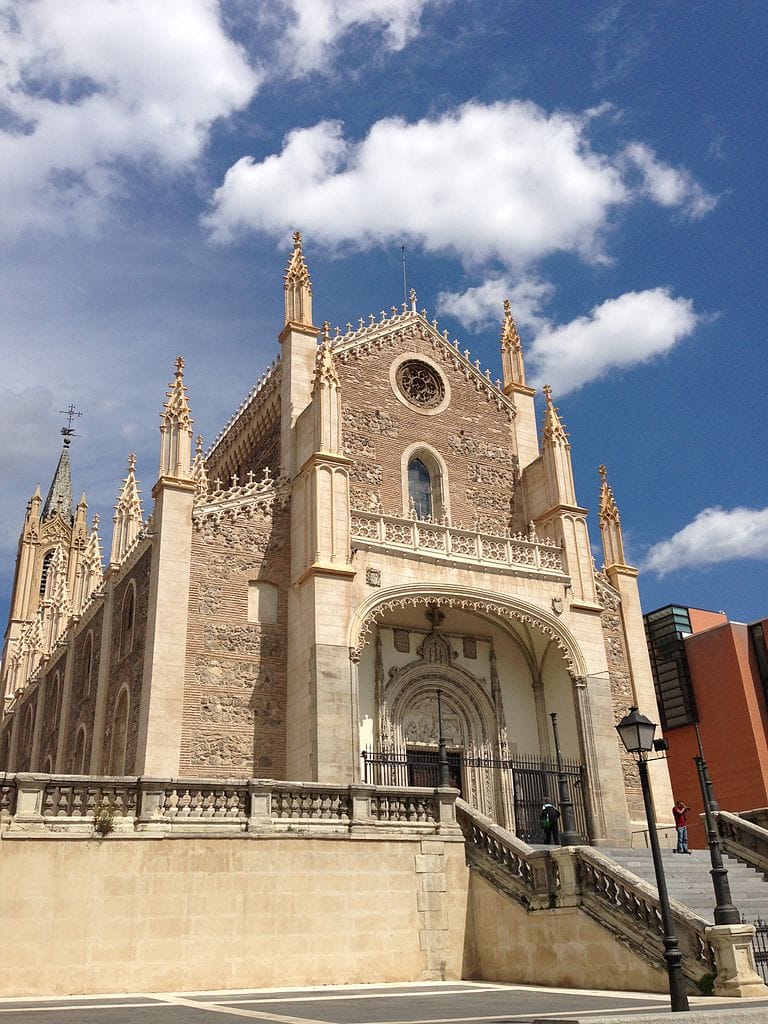
Entering the Prado on the ground floor, turn left and go up the escalators to the Moneo Cube. Named after Raphael Moneo, the architect who designed this extension, this airy space was built to hold the 17th-century cloister of San Jeronimo Real. In a deal to allow the Prado to expand, the entire cloister was taken down brick by brick and reassembled inside a brand new annex that now also holds special exhibitions.
Inside this hushed space, you’ll find some gorgeous bronze sculptures of Charles V and his son, Phillip II, both key figures in the creation of the Prado’s collection. Back when Phillip II decided to settle the court in Madrid, effectively making it the capital of Spain, he would spend a lot of time praying at the Church of San Jeronimo and the area became a place of spiritual retreat for him. The Spanish word for retreat is retiro, which is how Retiro Park got its name.
The Medieval Hermitages
Get transported back to 12th-century Spain by visiting a dimly lit room 51C in the medieval section on the ground floor of the Prado. Employing the same technique used to transport Goya’s Black Paintings from the walls of Quinta del Sordo, the frescos from two hermitages have been transferred to canvas and displayed in specially built spaces that recreate the architecture of both buildings.
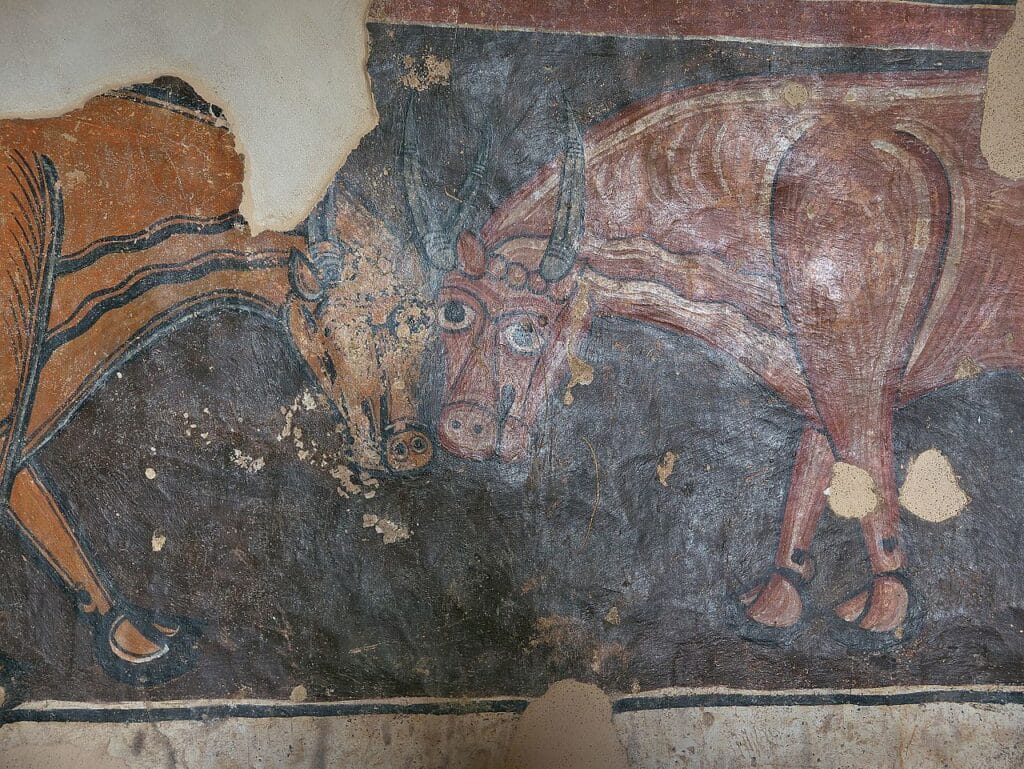
The Romanesque Hermitage of Vera Cruz from Segovia boasts a particularly brilliant picture of the creation of Adam. Personally, I find the cartoonish unsophisticated quality of the depiction of Earth’s first man, complete with spiral belly button and washboard abs, a refreshing antidote to the sophistication and splendor of religious art on display elsewhere.

Next to this is the Hermitage of San Baudelio from Soria. While this too boasts delightfully naive early art, the content is rather different as the Christian worshipers here would have been living under Muslim rule. Interestingly, while the original hermitage did have traditional religious scenes in it, the lower panels in the Prado are mainly of animals: a bear, an elephant and deer. The lively hunting scenes are one of the highlights as is a geometric panel that shows the clear influence of Islamic art.
The top floor

Head to room 87 and be transported back to 18th-century Madrid. Here pink-cheeked majos and majas romp in pastoral scenes that are a far cry from the Black Paintings on display on the ground floor. This is the work of Goya as a young man, completely enamored by his new hometown of Madrid and untouched by the horrors of the Peninsula War that marked his later work. Even after being appointed as court painter, Goya loved to depict the common folk of the city giving us a rare glimpse into a vanished world.
Thinking of visiting the Prado and don’t know where to start? Why not hire me for a tour of the museum? The author of Lonely Planet’s Pocket Guide to Madrid, I am well-acquainted with its marvelous collection. Get in touch for more information.
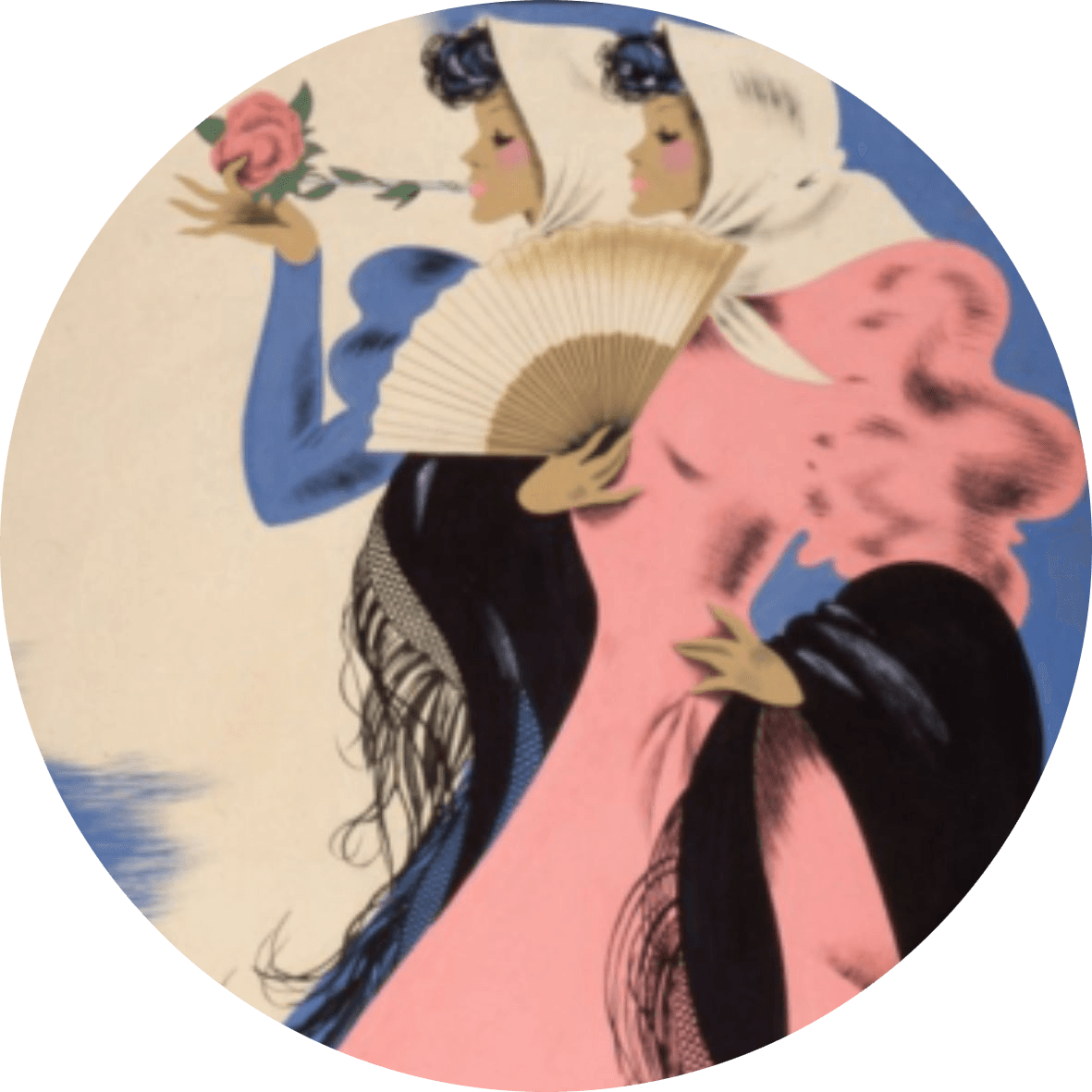


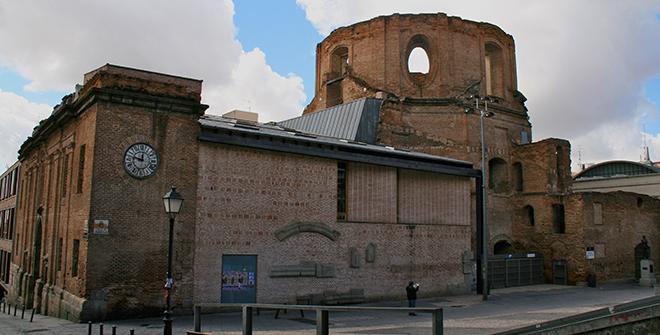
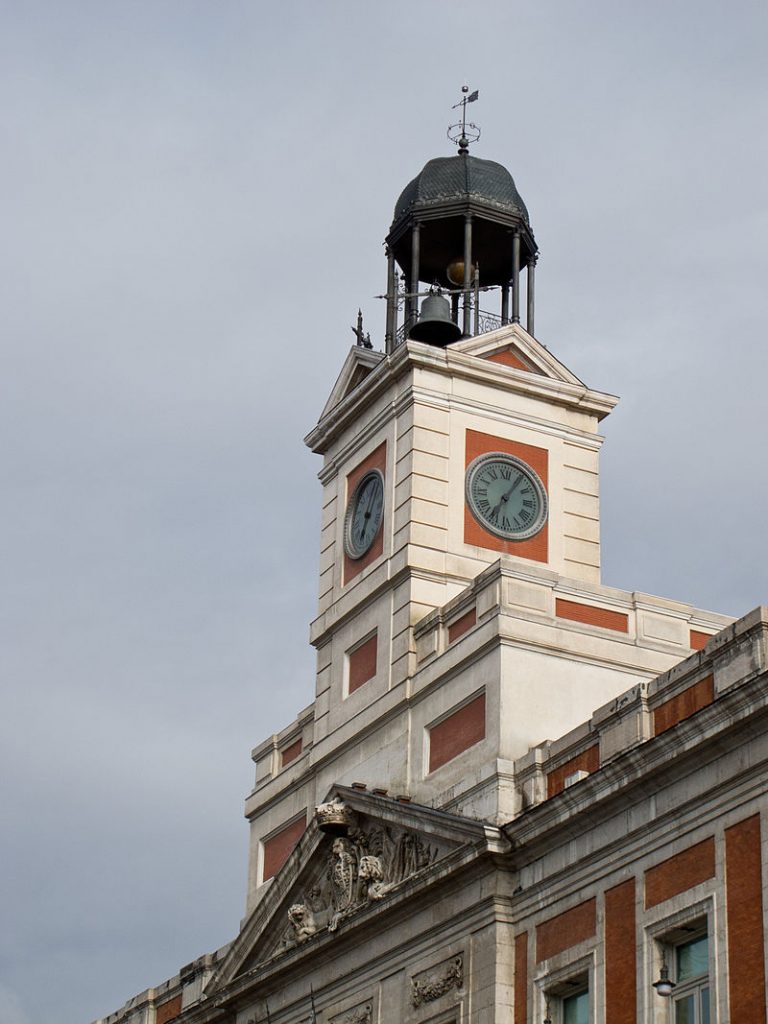

Pingback: Best Day Trips from Madrid - The Making of Madrid
Pingback: Madrid off the Beaten Track - The Making of Madrid